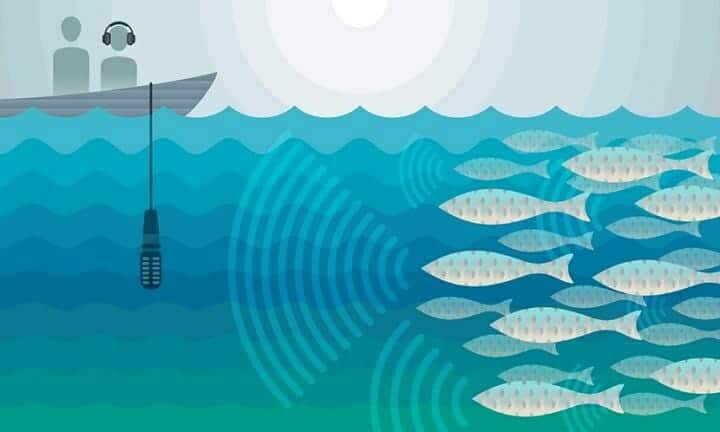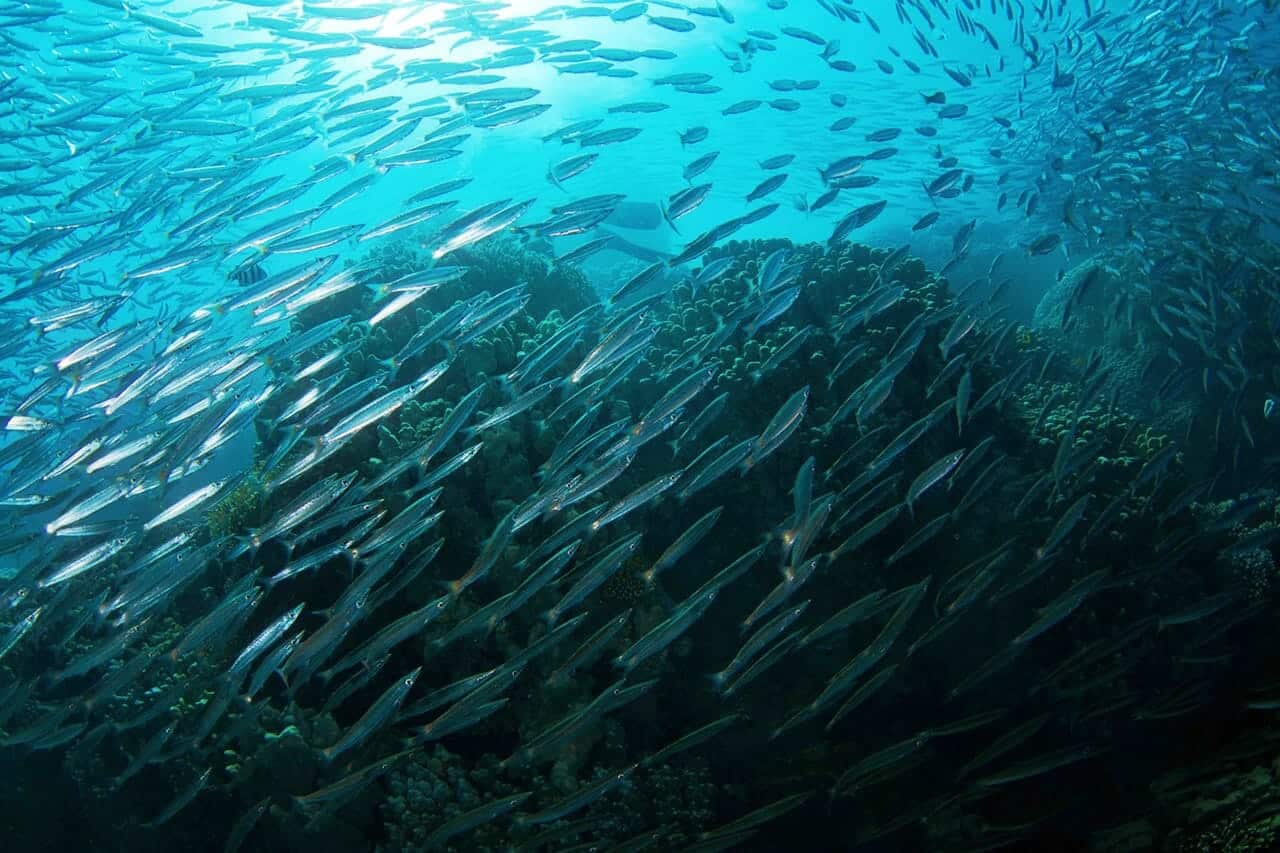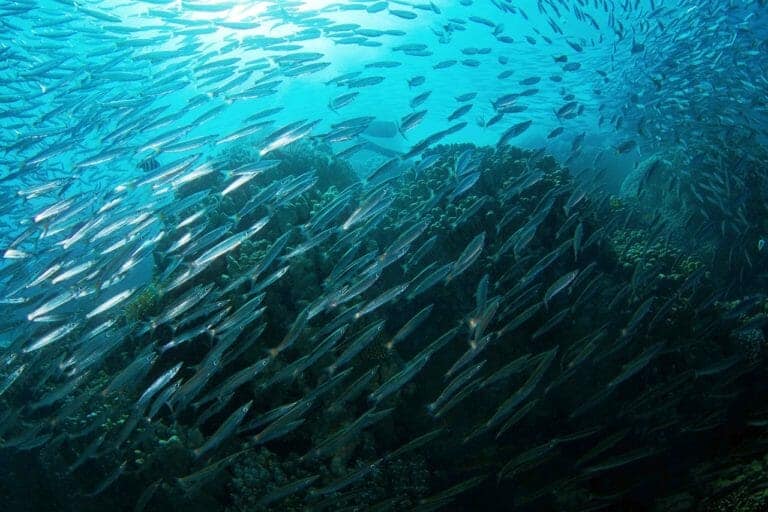New acoustic techniques that measure fish populations could potentially be used to help endangered species like the totoaba — and in turn the even rarer vaquita porpoise, which is on the brink of extinction.
Researchers are listening to fish to gather data on their populations. If you’re over the right patch of water in the northern Gulf of California in Mexico at the right time of year, you might hear a low rumbling noise coming from the sea below. If you had a fishing net to drop over the side of your boat in the direction of the rumbling, you’d be able to fill it in one go with Gulf corvina, silvery croaker-like fish that congregate together in a noisy, rollicking spawning orgy.

“Most of the sound reflects off the surface of the water and remains underwater, but if there’s enough noise it can escape the water,” said Timothy Rowell, a graduate student at Scripps Institution of Oceanography in California, who has been studying corvina. “The rumbling noise can make you have to raise your voice, and the hull of the boat can act as a sort of speaker, amplifying the noise.” The International Union for Conservation of Nature […]
Full article: Scientists Are Listening to Fish to Figure Out How to Save Them
About frogs and more extinction threats:
Frogs Are Disappearing. What Does That Mean?
Lonely Bolivian water frog seeks mate on Match.com to save his species
Seabirds Return to Desecheo Island One Year After Restoration
First evidence of popular farm pesticides in drinking water



